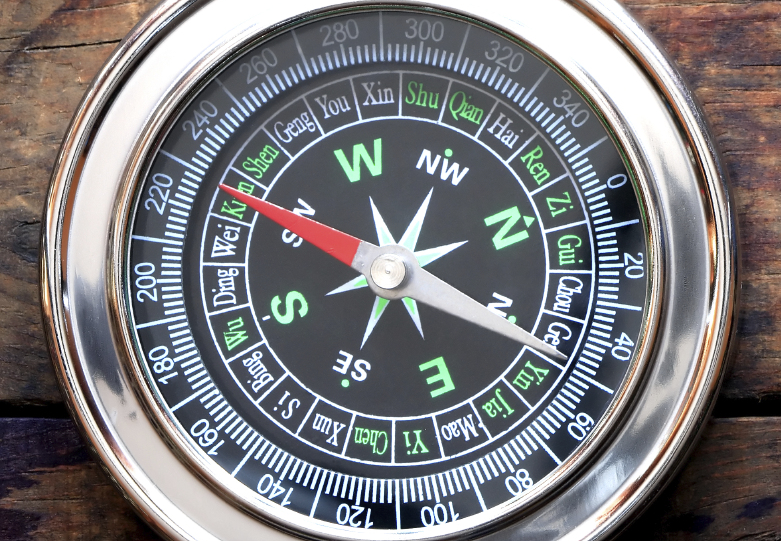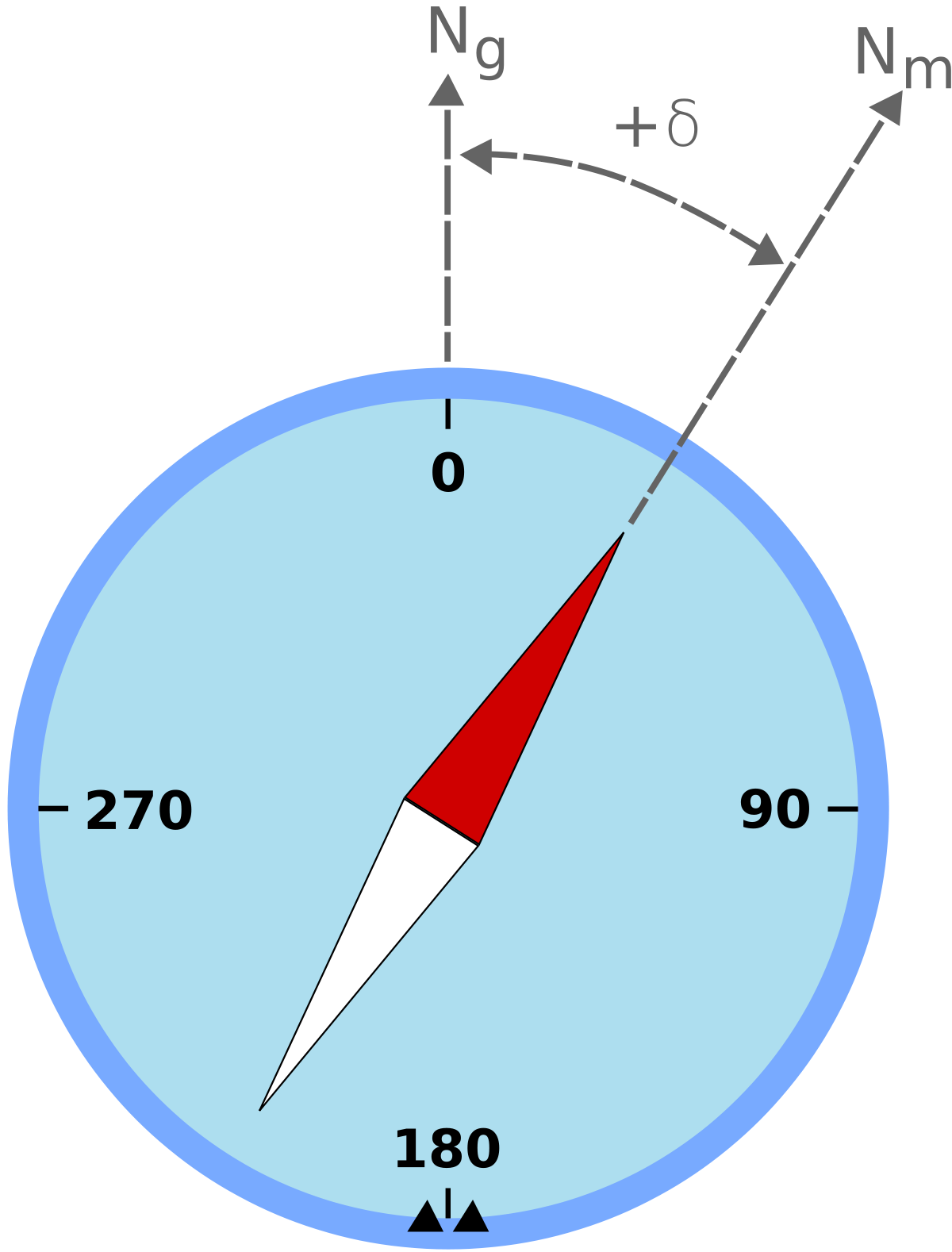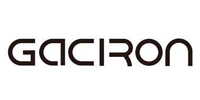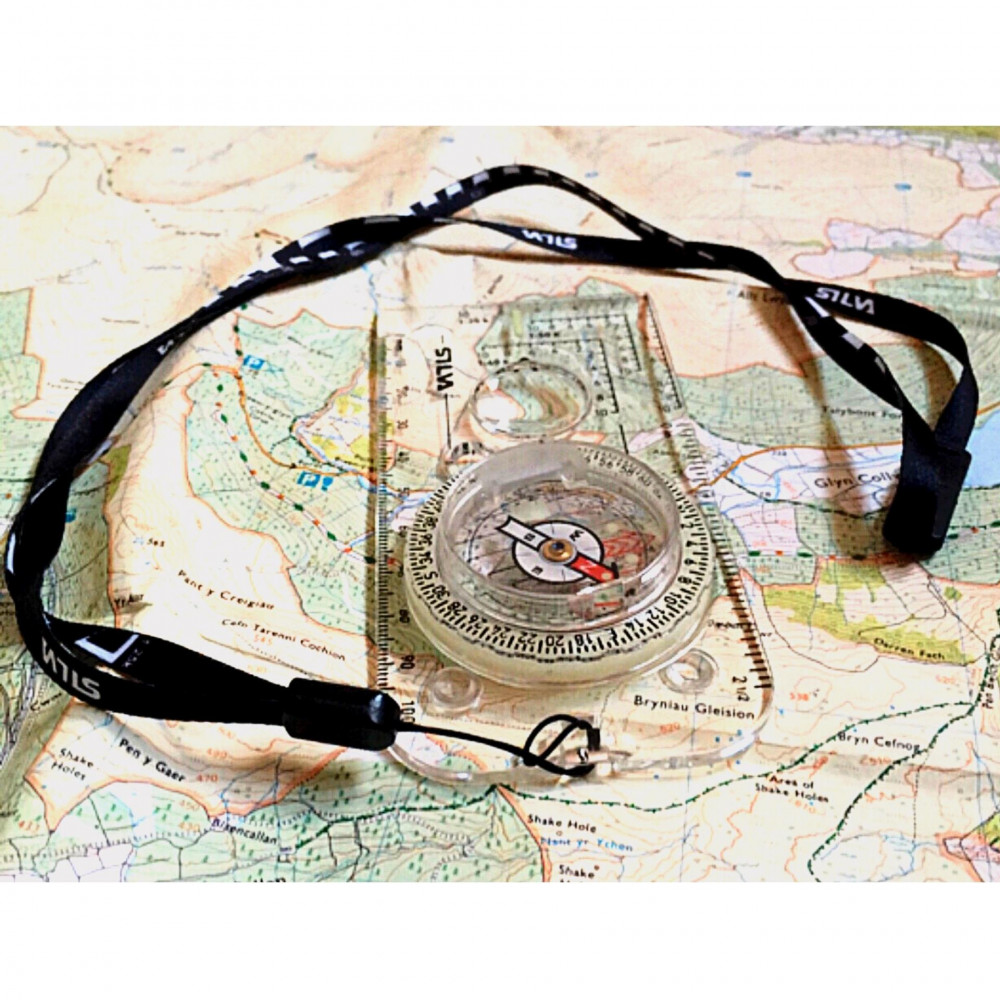Five Key Features of a Compass for Orienteering
Orienteering, a dynamic and strategic sport that tests both physical prowess and mental acuity, relies heavily on the use of a compass. This humble yet powerful navigational tool boasts a variety of features designed to aid adventurers in charting their course. Here, we delve into the top five features and uses of a compass in the realm of orienteering.
1. The Magnetic Needle
The magnetic needle, usually red or white, points towards magnetic north. This feature is the compass’s primary tool for orientation and direction finding. By ensuring the needle is aligned with the compass’s North-South lines, orienteerers can accurately determine their direction of travel.

2. The Rotating Bezel
Also known as an azimuth ring, the rotating bezel is marked with degrees from 0° to 360°. This feature assists in taking bearings and enables precise navigation. By rotating the bezel so that North aligns with the magnetic needle, the orienteer can establish the exact degree of their desired direction.

3. The Baseplate
The transparent baseplate allows the user to see the map underneath. It’s marked with multiple scales for measuring distances and plotting routes. It also often includes a direction of travel arrow, guiding the user after a bearing has been set.
4. The Orienting Arrow and Lines
These features help align the compass with the map’s North-South grid lines. By rotating the bezel to align the orienting arrow with the compass needle, and the orienting lines with the map’s grid lines, the compass user can accurately determine their position.
5. The Declination Adjustment
In areas with significant magnetic declination, the declination adjustment feature allows for calibration of the compass to compensate for the difference between magnetic and true North. This ensures accurate navigation, especially on longer routes.
Remember, knowledge of these key features and how to properly use them is paramount in mastering the art of orienteering. So, grab your compass and embrace the adventure that awaits!











